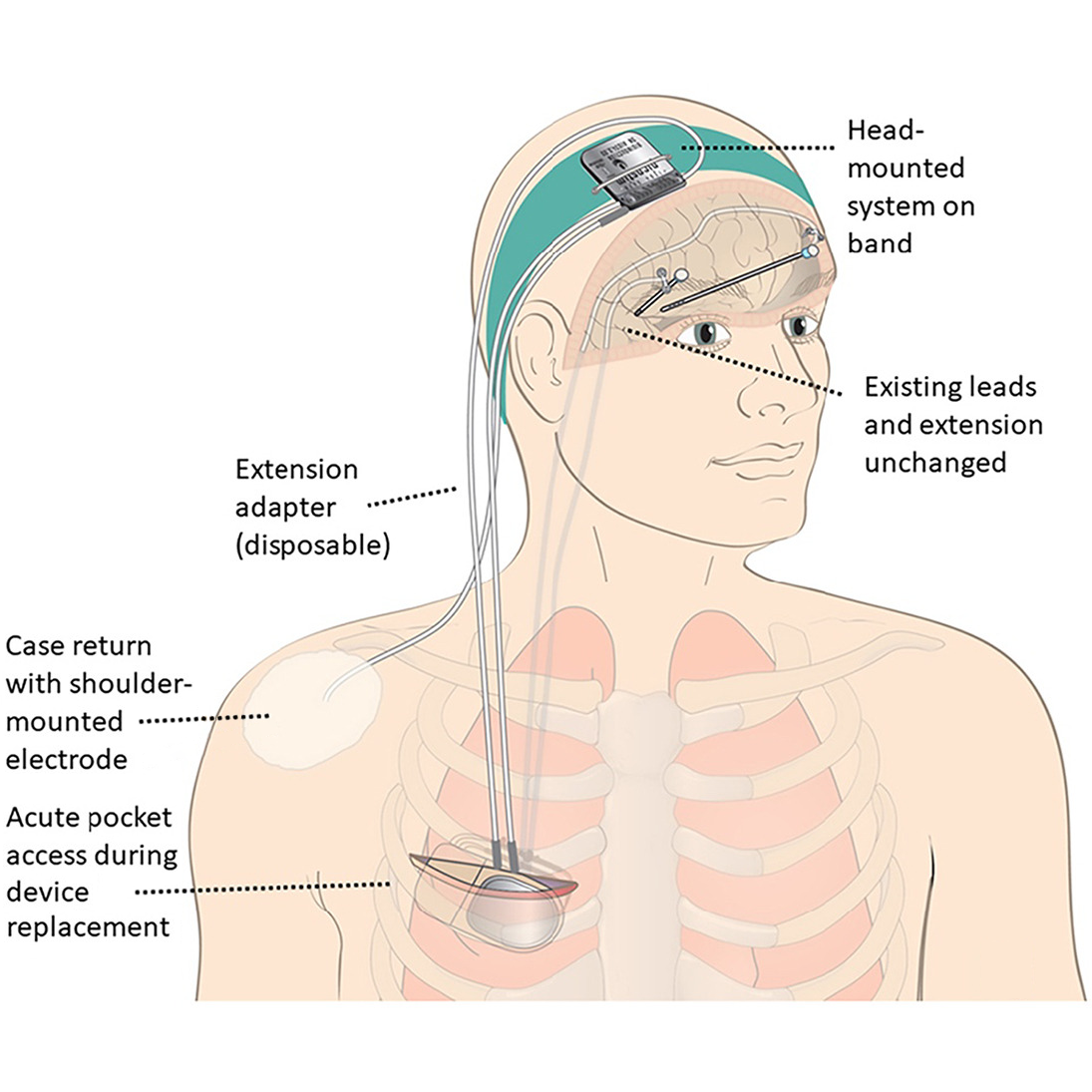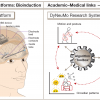DyNeuMo Mk-1: Design and pilot validation of an investigational motion-adaptive neurostimulator with integrated chronotherapy.
Adaptive neuromodulation is a therapeutic approach with potential to provide a more personalized experience and improve patient outcomes. We designed and tested a new implantable neuromodulation system capable of adapting its operation based on a person’s movement state. The system proved useful for identifying an effective therapy protocol in a person with dystonia.
There is growing interest in using adaptive neuromodulation to provide a more personalized therapy experience that might improve patient outcomes. Current implant technology, however, can be limited in its adaptive algorithm capability. To enable exploration of adaptive algorithms with chronic implants, we designed and validated the 'Picostim DyNeuMo Mk-1' (DyNeuMo Mk-1 for short), a fully-implantable, adaptive research stimulator that titrates stimulation based on circadian rhythms (e.g. sleep, wake) and the patient's movement state (e.g. posture, activity, shock, free-fall). The design leverages off-the-shelf consumer technology that provides inertial sensing with low-power, high reliability, and relatively modest cost. The DyNeuMo Mk-1 system was designed, manufactured and verified using ISO 13485 design controls, including ISO 14971 risk management techniques to ensure patient safety, while enabling novel algorithms. The system was validated for an intended use case in movement disorders under an emergency-device authorization from the Medicines and Healthcare Products Regulatory Agency (MHRA). The algorithm configurability and expanded stimulation parameter space allows for a number of applications to be explored in both central and peripheral applications. Intended applications include adaptive stimulation for movement disorders, synchronizing stimulation with circadian patterns, and reacting to transient inertial events such as posture changes, general activity, and walking. With appropriate design controls in place, first-in-human research trials are now being prepared to explore the utility of automated motion-adaptive algorithms.

2022. Exp Neurol, 351:113977.
2021. Front Neurosci, 15:734265.
2023. Front Hum Neurosci, 17:1134599.
2023. Brain Stimul, 16(5):1412-1424.
